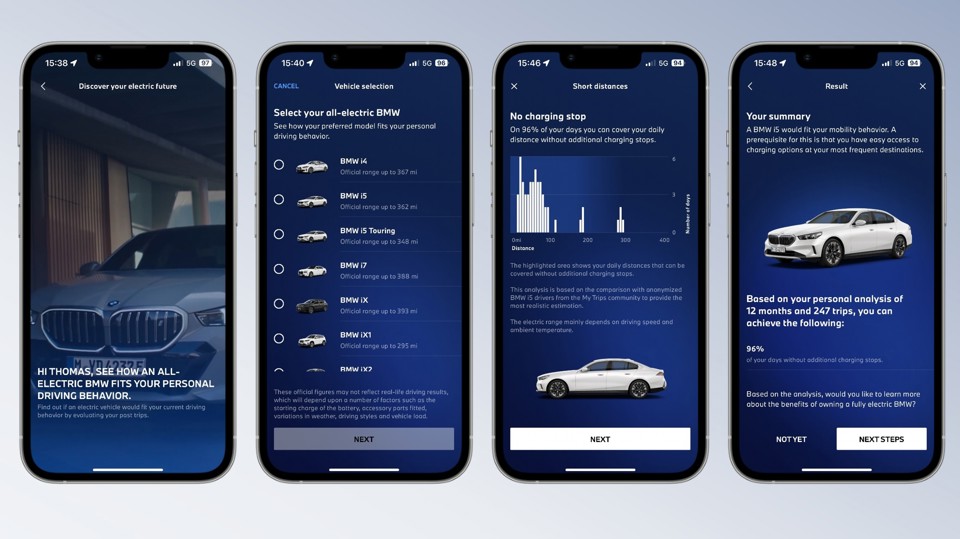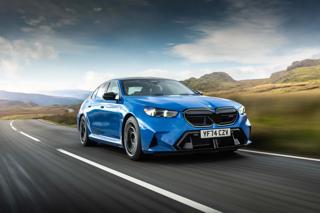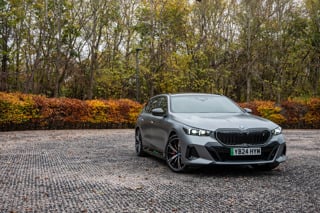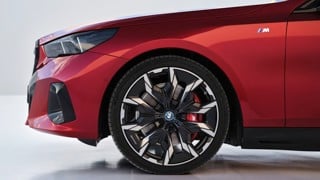The My BMW and Mini apps have received a series of updates, including a new electric vehicle (EV) analysis function.
It allows drivers a BMW with a combustion engine to simulate how well an all-electric BMW would suit their personal driving profile.
To carry out the simulation, the customer selects an electric BMW model as an alternative vehicle in the app.
Once the combustion-engined model has made at least 200 journeys and covered a distance of 2,000 kilometres (approx. 1,250 miles), the analysis shows the number of journeys that could have been completed with the selected electric vehicle (EV) on a single charge.
The feature is intended to combat the range anxiety and concerns about the everyday practicality of all-electric vehicles that are still prevalent for some motorists.
For the simulation, the app uses the real-world driving data for the combustion-engined model in question, as generated by the My Trips function.
Thanks to this database, it is able to provide the customer with a sound basis for deciding which drive type to choose in their next vehicle.
The function will be upgraded in future to expand the reach of the analysis.
Evaluations of the time vehicles are not in use and of long-distance journeys will be added, combined with information on charging facilities and the time required for charging.
To use Electric Vehicle Analysis, customers must have a BMW with a combustion engine and BMW Operating System 7 or later and also consent to their driving data being used for the purpose of the analysis.
“Electric vehicles can already be incorporated perfectly into the daily routine of many customers – it’s just that the majority of them haven’t tried it yet,” said Dirk Wiedmann, senior vice president sales steering and strategy, digitalisation.
“Our app’s Electric Vehicle Analysis helps our customers to make an informed judgement in their choice of drive system.”
The latest update also introduced a series of features designed to produce a seamless route-planning experience when switching between vehicle and app.
Options such as avoiding motorways, ferries or toll roads can now also be set in the app, for example, and are always automatically synchronised in both directions.
In addition to this, it is now possible to add individual charging stops, and these are then synchronised with the vehicle.
The apps also notify the user of facilities in the vicinity of charging stations, such as restaurants, cafés, banks and supermarkets, complete with detailed information on them.
Furthermore, drivers of EVs are now able to select and manage preferred charging tariffs from a large number of providers in the app’s new Charging Wallet.
When the app user selects a charging station, the applicable prices for the selected charging tariffs are shown, depending on availability, allowing the user to choose the cheapest tariff for them.























Login to comment
Comments
No comments have been made yet.